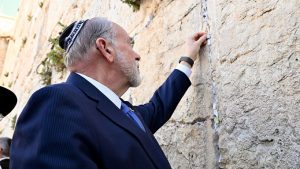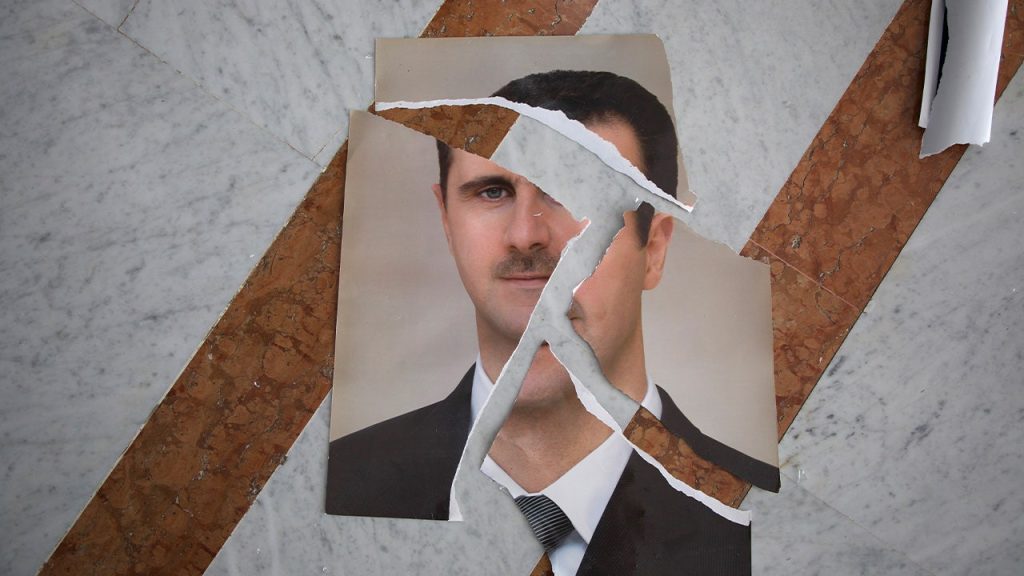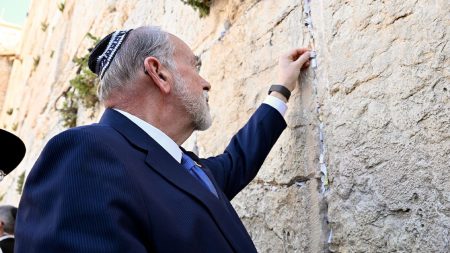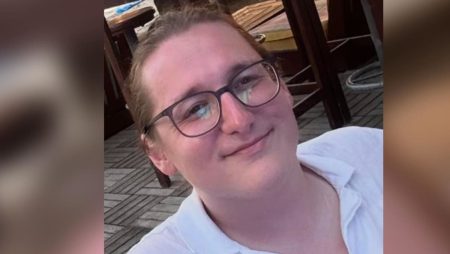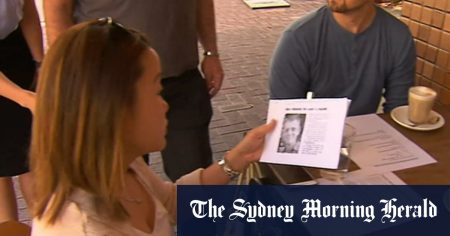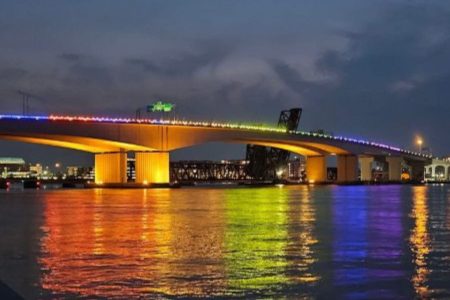The downfall of Bashar al-Assad’s regime in Syria has unveiled a horrifying network of political prisons and torture centers, exposing the brutality inflicted upon countless individuals who dared to oppose his rule. As victorious rebels seized control of these facilities, a grim reality emerged, showcasing the extent of Assad’s repression and the suffering endured by his prisoners. The liberation of these prisons has triggered a desperate search for missing loved ones, as thousands of Syrians flocked to the sites, hoping to find their incarcerated friends and family members. While some were miraculously reunited, many others were discovered dead, their bodies bearing witness to the inhumane treatment they had endured. The fate of countless others remains unknown, leaving families in agonizing uncertainty.
One of the most notorious facilities within Assad’s network of repression was Saydnaya Prison, located just outside Damascus. This prison complex became a symbol of the regime’s cruelty, a place where tens of thousands of individuals vanished, their fates shrouded in secrecy. In the aftermath of Assad’s fall, Syrians converged upon Saydnaya, desperately searching for any sign of their missing relatives. They broke open cells, navigating the labyrinthine corridors, hoping to find survivors or at least discover the truth about what happened to their loved ones. The scenes of anguish and desperation were palpable, as families grappled with the uncertainty and the chilling realization of the horrors that had taken place within those walls.
The scale of the atrocities committed within Saydnaya and other prisons across Syria is staggering. Estimates suggest that as many as 150,000 people were detained or disappeared during the years of Assad’s rule, with tens of thousands believed to have passed through Saydnaya alone. Amnesty International, in a 2017 report, estimated that between 10,000 and 20,000 individuals were held in Saydnaya at that time, and documented the routine practice of mass executions within the facility. The sheer number of victims paints a chilling picture of the systematic nature of the repression and the regime’s disregard for human life.
Beyond Saydnaya, other prisons across Syria held similar tales of torture and despair. As rebel forces gained control, these facilities became stark reminders of the widespread nature of the regime’s brutality. The discovery of mass graves and the testimonies of survivors provided further evidence of the systematic abuse and killings that took place under Assad’s rule. The liberation of these prisons not only offered a glimmer of hope for those seeking their missing loved ones, but also exposed the dark underbelly of the regime and the widespread human rights violations that had been perpetrated for years.
The international community has responded with condemnation to the revelations of torture and human rights abuses within Assad’s prisons. The United States, in a symbolic move, indicted two Syrian officials for their alleged involvement in running a torture facility at Mezzeh air force base in Damascus. The indictment named Jamil Hassan, the director of the Syrian air force’s intelligence branch, and Abdul Salam Mahmoud, who allegedly oversaw the prison’s operations. The charges included torture, conspiracy, and war crimes, highlighting the international community’s determination to hold those responsible for these atrocities accountable.
The fall of Assad’s regime marks a turning point in the Syrian conflict, but the legacy of his brutal rule will continue to haunt the country for years to come. The search for missing loved ones continues, as families desperately seek closure and answers. The documentation of the atrocities committed within Syria’s prisons is crucial for ensuring accountability and preventing such abuses from happening again. The international community must support efforts to investigate these crimes and bring those responsible to justice, while also providing assistance to the survivors and their families as they begin the long and difficult process of healing and rebuilding their lives.
